| Vocademy |
Audio Amplifier Systems
Any electronic equipment with a speaker for sound has an audio amplifier system. This system takes input from a device with a low AC voltage at audio frequencies and amplifies it until it can produce the power to drive the speaker. For example, assume a speaker requires a driver capable of delivering 20 VA so that the speaker can produce 20 watts of power. Assuming an 8-ohm speaker, it will take about 1.5 amps to produce 20 watts. It will take about 12 volts to deliver that current to eight ohms. A dynamic microphone produces about 50 mV with someone speaking into it at a conversational level. To drive the speaker, you need to increase the voltage about 250 times. The final voltage must be sent through a final amplifier capable of delivering the 1.5 amps necessary to drive the speaker.
The following diagram illustrates a simplified amplifier system.
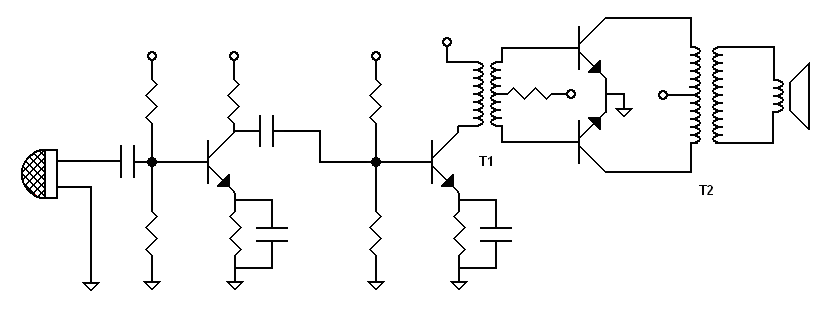 |
|
|
The microphone is coupled to three stages of amplification. These three stages are typically called the preamplifier, the voltage amplifier, and the power amplifier. In real-world systems, there may be an external preamplifier also. The preamplifier and voltage amplifier are actually both voltage amplifiers. This means they amplify voltage but cannot deliver the current required to deliver a significant amount of power. The power amplifier may or may not amplify voltage significantly. However, it las a low output impedance, allowing it to deliver the required current for the load to produce the required power. The preamp and voltage amplifiers are typical small-signal amplifiers, as in the above example. The power amplifier above is a transformer-coupled push-pull amplifier.
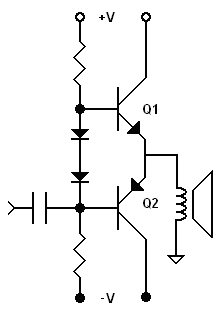 |
|
|
This is only a simplified example. Real-world audio amplifiers tend to be more complex.
The above illustration amplifies the signal from a microphone. However, the audio signal may originate from many different sources. The following are other examples of audio sources.
Microphone
From public address systems, headsets, telephones, etc.
Phonograph pickup
Radio receiver demodulator
Analog tape head
Digital to Analog Converter output (may come from any of the following):
CD player pickup
MP3 player
smartphone
Computer sound card
Noise
The audio input signal is the weakest signal in the system. As such, it is the stage most susceptible to noise and has the greatest influence on the inherent noise of the system. Measures are taken to reduce the noise entering the system at this stage.
Shielded cable is a standard measure to reduce noise at the audio input. Shielded cable is typically a single insulated central wire surrounded by a grounded multistrand wire that is spread around it.
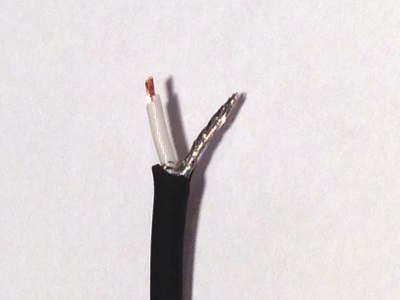 |
|
|
Some shielded cables may have a twisted pair of wires inside the shield. You will usually find the connection between the audio source and the preamp established by a short length of shielded cable. A more obvious use of shielded cable is microphone cable used for external microphones.
Audio systems
Audio systems may be self-contained or made as component systems. For example, a portable radio has everything in one box. Other systems are modular. A sophisticated home entertainment system may have a main amplifier with a separate radio tuner, turntable, tape deck, Blu-ray player, etc.
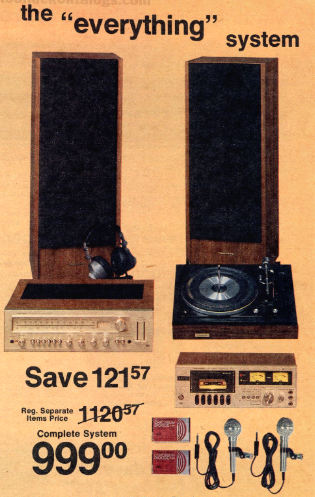 |
|
|
Other systems may combine various components. For example, the main amplifier often combines the radio receiver. Some compact systems also include a CD player or vinyl turntable in one box with an amplifier and speakers.
.jpg) |
|
|
Line-level interconnections
With modular systems, components are plugged into various inputs. These are usually line-level inputs that expect a maximum level of 1 volt RMS for consumer-grade equipment and 1.2 volts RMS for professional systems. A phono input (for a vinyl turntable) expects a lower input level and uses a preamplifier to produce a line-level signal to be sent to the rest of the amplifier. The phono input also provides a special low-pass filter required for vinyl records.[2] Audio inputs for CD, DVD, Blu-ray, and other video sources expect a regular line-level signal. Computer sound cards have a line-level output suitable for home entertainment systems. On modular systems the connections are usually made with RCA/Phono connectors. Computer sound cards typically use stereo mini-phone connectors.
Microphone inputs
Microphone inputs also require preamps. Most consumer-grade system don't have microphone inputs but only various line-level inputs and outputs. Microphone inputs are usually only found on recording equipment such as tape decks or other digital recording equipment such as CD recorders. Video recording equipment also usually has microphone inputs.
Older home entertainment system amplifiers have inputs for analog tape decks.[3] These, as expected, are labeled "Tape in." However, they also have "Tape out" connections to facilitate recording from other inputs.
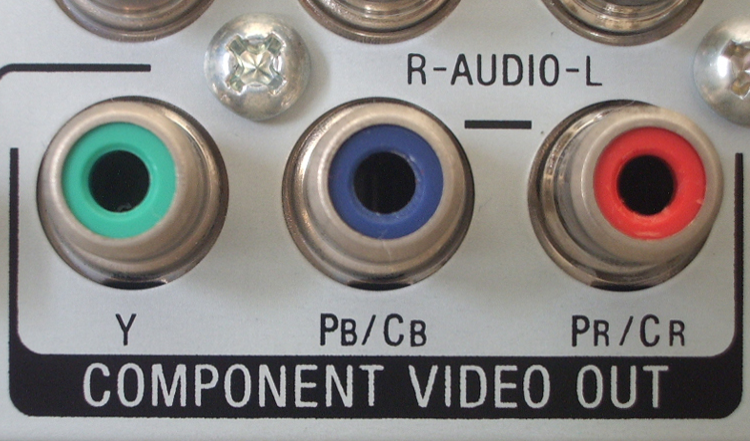 |
|
|
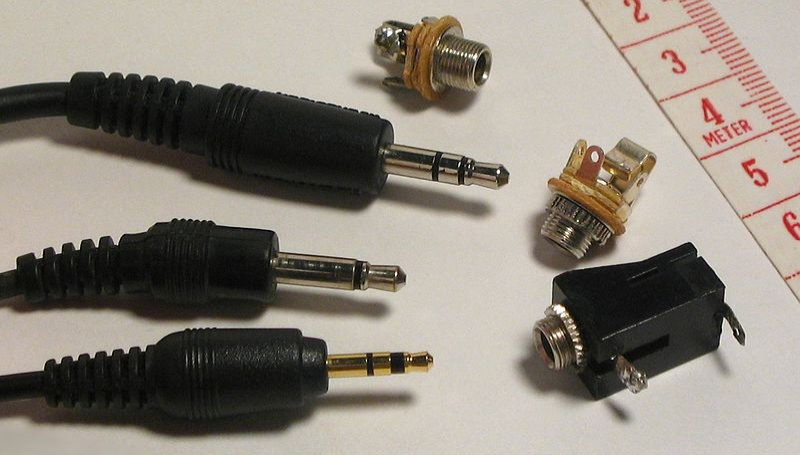 |
|
|
Sound cards also typically have line-in and microphone-in connectors using the same miniature phone jack. Older sound cards have a direct speaker output for low-power speakers. However, most modern computer speakers have built-in amplifiers and connect to the line-out connector on the sound card.
The above is a simplified overview. Going deeper into audio systems is beyond the scope of this class.
Audio Systems
| Vocademy |